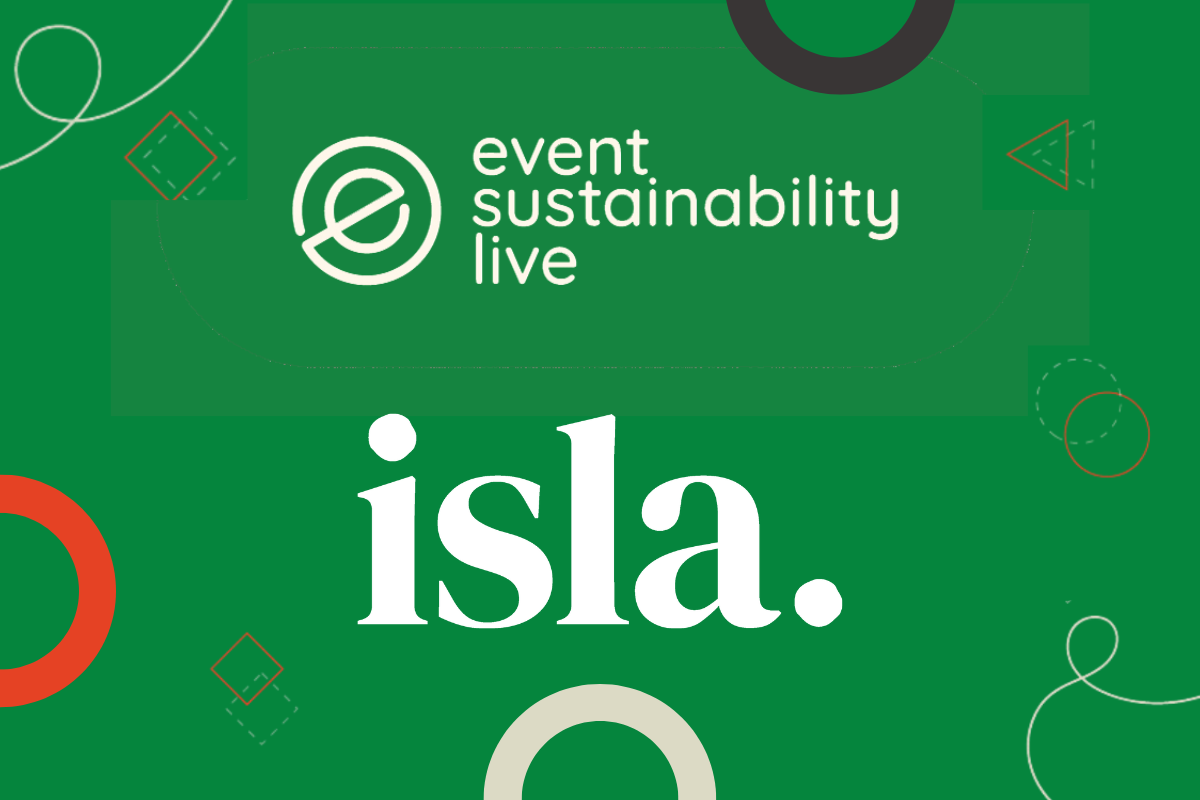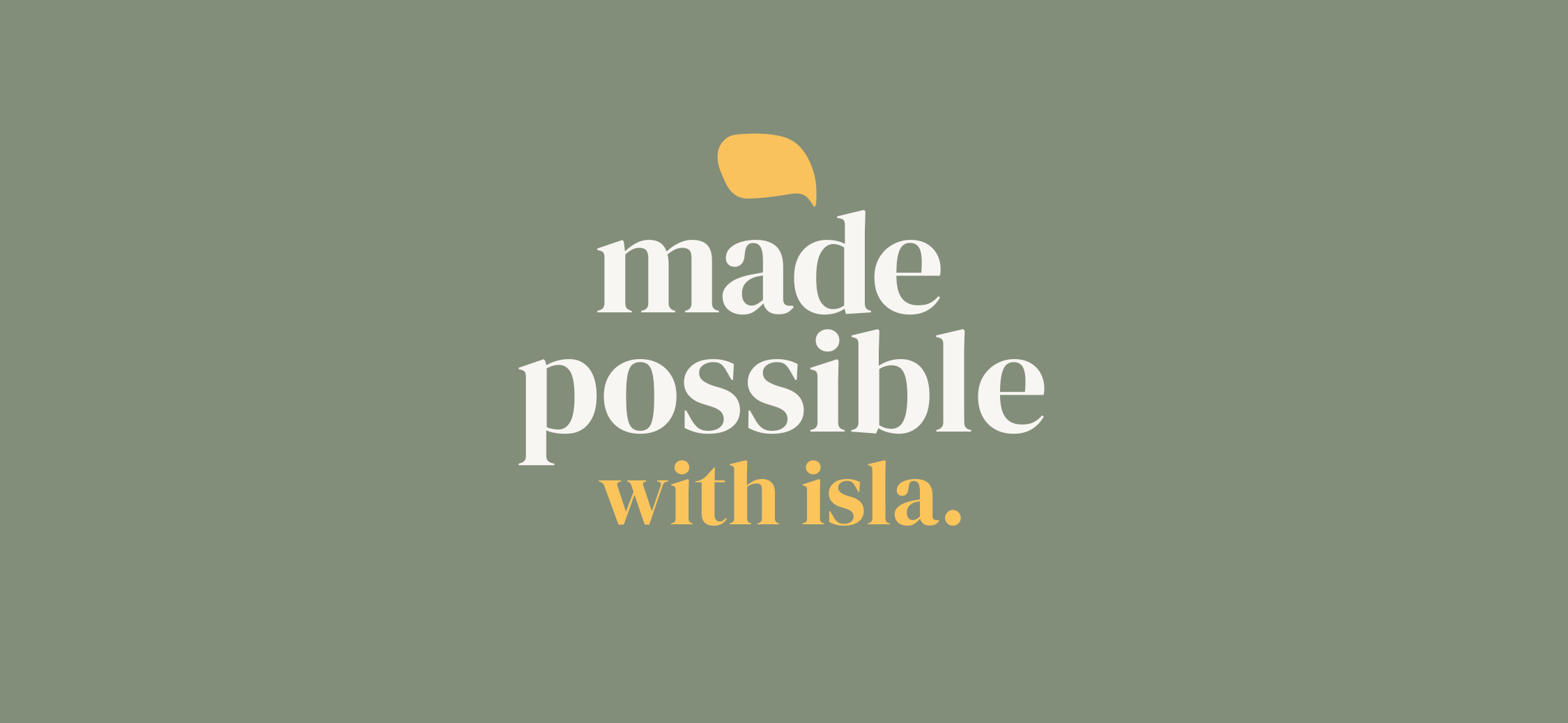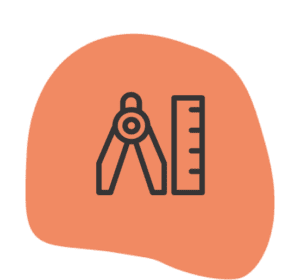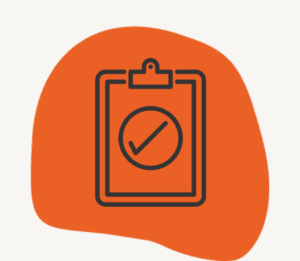23/04/2022
Do you want to set and measure sustainable targets for your next event but don’t know where to start? This handy toolkit we created with our friends at Hire Space will equip #eventprofs with guidance on everything from initial target setting to reporting successes. What are you waiting for? Get going!
What are sustainable objectives in the first place and why are they important in events?
Live events are always going to have an environmental impact. Each event brings with it a broad range of greenhouse gas emissions and a volume of waste materials. The majority of these will lie throughout an event’s value chain, i.e. often out of sight and out of mind of each individual stakeholder operating in their own silo. However, there are many ways in which we can minimise the negative impacts of our events on the planet, with the first step being an internal commitment towards these ends. Here are some key topline objectives:
- Net Zero emissions by 2050 at the latest.
- Adherence to the Zero Waste Hierarchy and Circular Economic principles.
- Measurement and reduction of emissions and waste throughout both your business operations and your value chain.
These together can form the basis of your first sustainability policy, which should be available and communicated publicly for full transparency.
How to decide on your sustainable objectives and set actionable targets?
Before deciding on what exactly your objectives are, you will need to understand the full range of your environmental impacts. Using event sustainability frameworks like proseed we can divide this into four core areas; Energy, Food & Water, Travel & Transport and Production. Outline the main activities that will be taking place within your event and list as many different environmental impacts that these activities have within these categories. For example, for travel, the event location will impact the distance and mode of transport that attendees and staff will have to take to get to the venue which generates carbon emissions.
It is unlikely that you will have the resources i.e. time, manpower, and budget to address every core area. By accessing the magnitude of each impact you can determine what would be the most and least immediately actionable on your event. Even if you set out one or two objectives that you wouldn’t normally do, that’s a great step! If you are using carbon measurement platforms such as TRACE you can make a more accurate assessment of the magnitude of each impact to decide where to focus your effort to reduce its impact.
How to communicate these objectives to your team and make sure everyone is on board with your goals?
Now you can set some ambitious, but realistic targets, you need to get buy-in from your team to help shape your sustainability success. This should begin at project kick-off, while the event is being mapped out. This helps maximise opportunities for impact reduction, from the beginning of the project – from Design to Delivery, right through to Debrief. It’s helpful for someone to take the lead in coordinating and communicating your objectives internally through regular meetings to exchange challenges, ideas and solutions. Right now, sustainability might seem like a whole heap of additional admin to add to an already busy schedule – much in the same way health and safety regulations were initially perceived. What we encourage profs to do is ensure that sustainability is at the forefront of our minds when designing events to make finding the solutions easier to action.
How to plan an event around your sustainable objectives?
You may have set out your ambitions and commitments, but of course, you’ll then need to plan how you’re going to put these into action for each event. Develop methods and responsibilities to meet your objectives and determine whether these are actionable within your current means, or whether you may require additional resources (time/budget/expertise) to make them happen. This will help to shape your pitches and conversations with external stakeholders.
For example:
Objectives:
- Reduce the amount of set build materials going to landfill or incineration by 20%
- Reduce the emissions from set build materials and transport by 20%
Method:
- Procure suppliers who can deliver recycled/reused set materials.
- Prioritise suppliers closer to the venue in order to reduce transport emissions.
- Design modular set components which can be dismantled and reused.
- Create sustainable procurement guidelines with minimum emissions and waste standards – distribute internally and to external stakeholders.
- Calculate the total production emissions of your set build materials in order to compare future projects against.
- Research alternative, lower emissions materials to ones you typically use.
How to make sure your venue and suppliers are on board with your sustainable objectives?
We recommend discussing these objectives with your clients and suppliers before you start a project to see which ones best suit your event and to pluck the ‘low hanging fruit’ – those activities that are most achievable. This way your stakeholders and supply chain has an opportunity to shape sustainability successes. For example, print suppliers may be able to recommend alternative materials to reduce the requirement for single-use graphics, if they are made aware there is an objective for this they can help you find the best solutions.
How do we make attendees, exhibitors, and stakeholders aware and onboard?
You can propose a hundred different measures to reduce your environmental impact, but without knowing the scale of the impact these are having, these measures will likely come across as abstract to other stakeholders. What we recommend is selling the benefits of these mitigation measures, rather than the measures themselves, or as we say “sell the sizzle, not the sausage”. Most stakeholders won’t already have a solid idea of the emissions savings of e.g. a plant-based vs. red-meat menu option, or hydrotreated vegetable oil (HVO) vs diesel as generator fuel. When you propose these alternatives, run the numbers through a carbon calculator and demonstrate the impacts. This will both a) make it look like you know what you’re talking about; and b) justify more sustainable decisions from the data available, rather than making presumptions assumptions about better choices.
Communications are your secret weapon and can be just as important as any physical emissions or waste mitigation methods. Consider the hundreds or thousands of delegates, staff, suppliers and crew involved in each event… You have an opportunity to positively affect the hearts and minds of every individual! This might require a certain degree of cultural buy-in at the start (though dwindling in number, there will always be cynics and naysayers), but all attempts to influence positive behavioural changes will contribute to the growing global momentum behind sustainable development.
Attendees coming from across the continent to a city centre conference? Minimise Ubers from the airport by communicating the best public transport options to them when they receive their e-tickets, and again via social media. You could also offer them the option to offset their own travel emissions at the point of the ticket sale. Even better, eliminate travel altogether by providing hybrid solutions so they can choose to attend the event from the comfort of their own home.
Wanting to reduce crew catering emissions but event staff are resistant to your new menu options? Don’t take away everything they like overnight! Start by reducing the overall volume of meat in meat dishes, increasing alternative plant-based options, and explaining your increasing catering emissions reduction ambitions so they have time to adjust to further changes.
Communicate your objectives and the impacts your methods will have, before, during and after each event through a combination of digital and on-site means, making sure to thank other stakeholders for their positive contributions.
How to calculate the footprint of your event?
Estimate your carbon footprint at the kick-off to forecast the carbon footprint of your proposed event. This doesn’t need to be down to the exact kilogram of CO2e, but as accurate as you can make it with the data available to you. Try to include as full a picture as you can – it’s better to over- than underestimate so you don’t relay unexpected surprises when doing a more thorough post-event assessment.
You may already have access to a lot of the information you need to make accurate calculations; logistic schedules, menu ingredients etc. For the time being, stakeholders may not be immediately forthcoming with these numbers. We suggest building data submission into your procurement process and contracts with suppliers. If, for example, you wanted to measure crew Travel & Transport emissions across a whole event, make this a requirement of working on the project. As long as you have a couple of data points – vehicle type(s), miles travelled – you can input this into a carbon calculator to get an accurate picture. This process will save you time in the long run, rather than scrambling around collecting data from suppliers post-event.
How to measure your event against your sustainable objectives?
Sustainable objectives can be across a certain time period, by a certain time period, or event-specific:
For example, your organisation may have an annual target to source 50% of the event crew within a 20-mile radius of your events. While it may prove more difficult to meet this target for certain locations, the flexibility of a 12 month target period allows for you to make up the difference through sourcing the vast majority of the crew within this radius at certain events in locations where this would much be easier.
Perhaps you want to completely phase out red meat from your menus but you don’t think this would be feasible in the short-to-medium term due to cultural resistance. In that case, set a target to remove these options by 2030 – again giving you the flexibility to phase this out in tiered stages.
Let’s say your client wanted to reduce menu emissions at their upcoming conference by 20% vs. last year’s event. In which case, you would firstly look at the menu from the previous conference and calculate the emissions of these options. From this data, you would be able to extrapolate by what % you would need to reduce the overall volume of meat in your ingredient sourcing and the % you would need to increase plant-based offerings.
How to use post-event data to shape your sustainable objectives going forward?
Post-event data can be used as a baseline from which to set future goals, via year-on-year comparisons, or by comparing repeat events against one another. Your targets should be ambitious yet realistic – you might not know how realistic they are until looking back at a robust set of data. If you performed much better than expected, it could be time to recalibrate that target upwards in line with what you have found achievable. Likewise, it will do you no favours to set targets that you consistently and significantly fall short of.
Use a carbon measurement platform such as TRACE to present your data in engaging formats using dashboards, charts and graphs that make it easy for any stakeholder to understand the impacts and help celebrate your mutual successes. The platform will also analyse your data and make recommendations on which areas you could achieve reductions in.
When you know more, you do more. Check out these additional resources:
- The Pledge, Net Zero Carbon Events – Net Zero Carbon Pledge for the Events Industry
- Circular Economy, Ellen McCarthy Fund – What is a circular economy?
- The Universal Framework for Sustainable Event Deliveries, by isla – proseed.events
- Create your own sustainability policy and event plans – proseed Policy & Planning templates
- An Event Planners Guide to Sustainable Print, by isla – Better Buying Print Guide
- The definitive carbon measurement platform, by isla – trace.your.events
- The 17 Goals, United Nations – Sustainable Development Goals
*Originally featured and adapted from Hire Space, Setting And Meeting Sustainable Event Objectives: A Guide For Event Professionals With isla
Our latest news
















